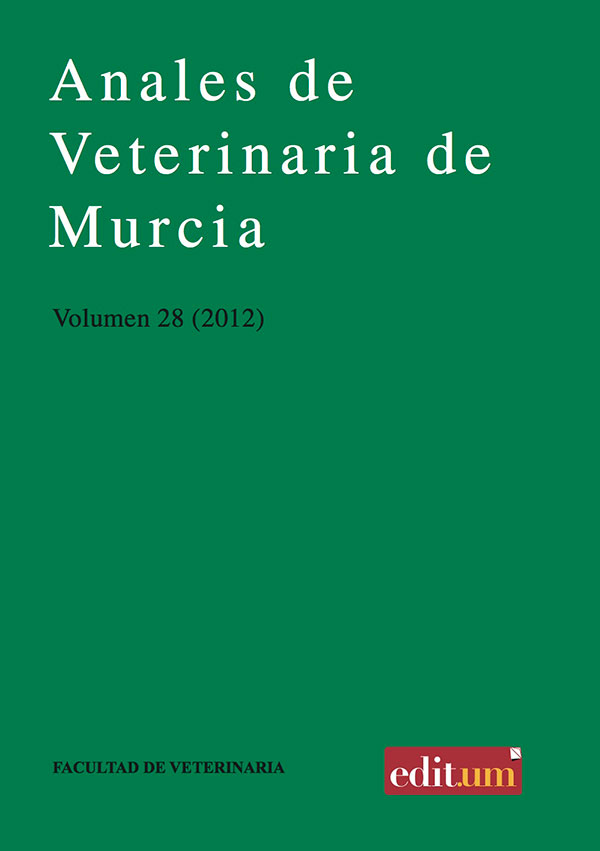Sensory analysis of different aquaculture gilthead sea bream (Sparus aurata L.) commercial presentations
Abstract
The analysis or sensory test may be defined as an analysis of food by means of the senses. Such sensory evaluations have been used from ancient times to accept or reject food, as well as to designate its commercial value. Sensory analysis provides two important advantages: it is quick and it is simple. However, the senses which give rise to acceptance or rejection do vary over time and at the moment of perception. This depends as much on the person as on the environment. A reliable measure requires objectivity and normative regulation of terms and conditions that can influence specific evaluations. The current study has carried out sensory analysis of four different githhead sea bream presentations (whole, fillets, vacuum packed fillets, and marinated in lemon juice and vacuum packed fillets). The study was done as a quality test in order to determine the moment in which the fish is organoleptically rejected. In the four presentations, the scores given for freshness, decreased linearly according to time spent in ice. The taste panel members found the whole, the filleted and the vacuum filleted sea bream organoleptically unacceptable by the 22nd day on ice. Nevertheless, marinated sea bream were not so considered by the 22nd day.Downloads
-
Abstract1167
-
PDF (Español (España))6389
Creative Commons Attribution 4.0
The works published in this journal are subject to the following terms:
1. The Publications Service of the University of Murcia (the publisher) retains the property rights (copyright) of published works, and encourages and enables the reuse of the same under the license specified in paragraph 2.
© Servicio de Publicaciones, Universidad de Murcia, 2019
2. The works are published in the online edition of the journal under a Creative Commons Attribution-NonCommercial 4.0 (legal text). You can copy, use, distribute, transmit and publicly display, provided that: i) you cite the author and the original source of publication (journal, editorial and URL of the work), ii) are not used for commercial purposes, iii ) mentions the existence and specifications of this license.

This work is licensed under a Creative Commons Attribution-NonCommercial-NoDerivatives 4.0 International License.
3. Conditions of self-archiving. Is allowed and encouraged the authors to disseminate electronically pre-print versions (version before being evaluated and sent to the journal) and / or post-print (version reviewed and accepted for publication) of their works before publication, as it encourages its earliest circulation and diffusion and thus a possible increase in its citation and scope between the academic community. RoMEO Color: Green.




